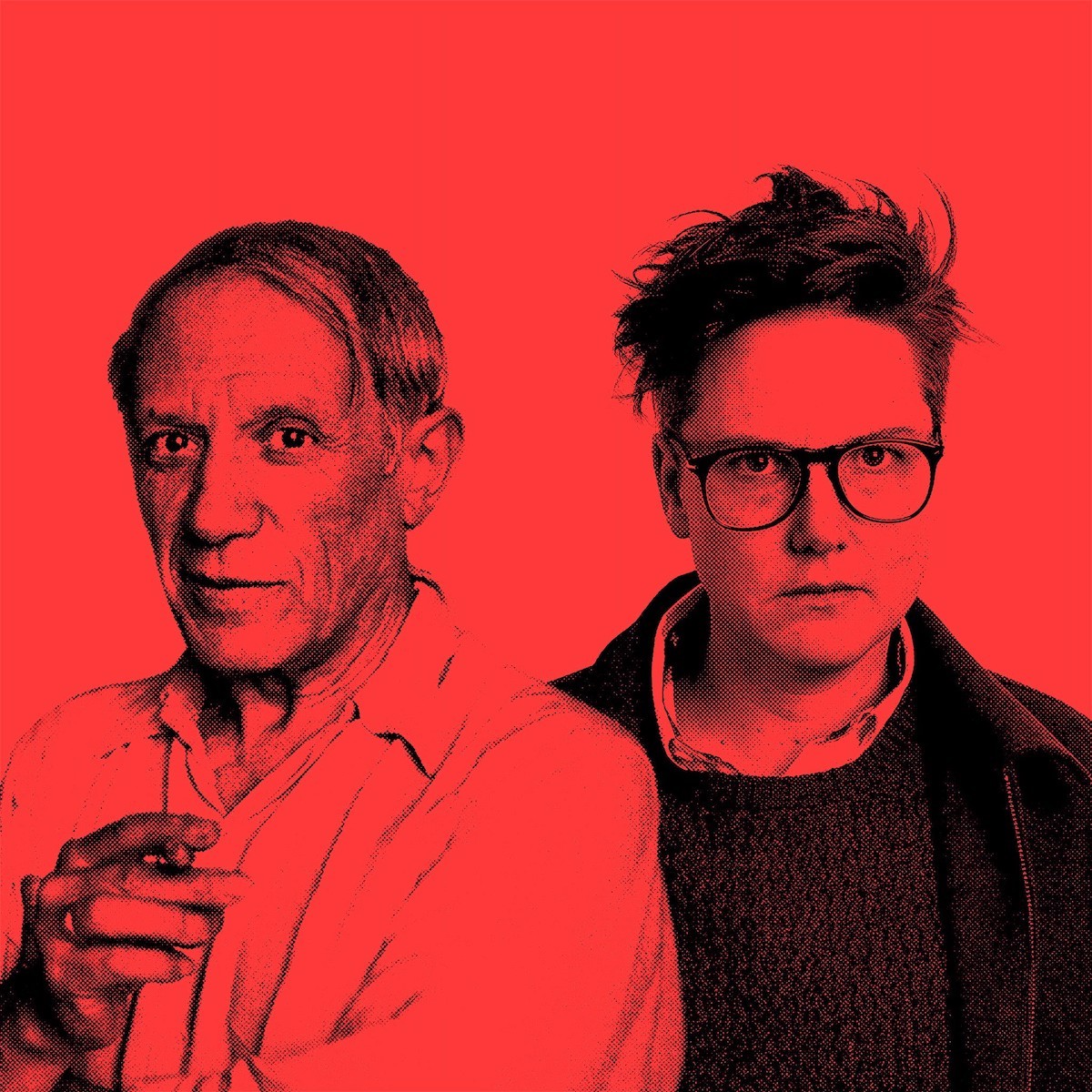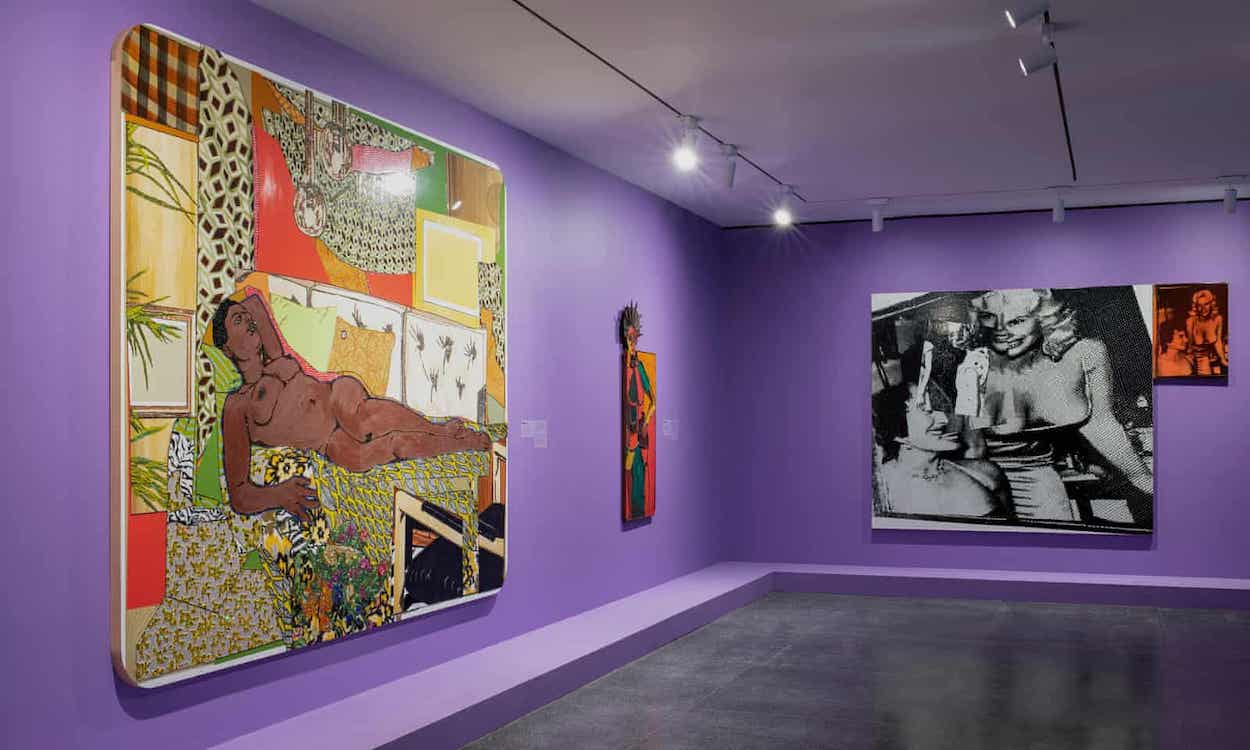If the Brooklyn Museum’s upcoming “It’s Pablo-Matic”—an exhibition about Picasso’s unsavory legacy co-curated by Australian comedian Hannah Gadsby—has succeeded at one thing, it’s causing a stir. Days before the show opened, it inspired takedowns so vicious they could sit alongside Pete Wells’ greatest hits. “There’s little to see,” writes New York Times art critic at large Jason Farago. “There’s no catalog to read. The ambitions here are at GIF level, though perhaps that’s the point.” ARTnews called it “disastrous.” The unsparing backlash has sparked backlash of its own, with both sides spurning each others’ divergent approaches to art history.
First, some backstory. This year marks the 50th anniversary of Picasso’s death, and a slate of exhibitions around the world are wrestling with his legacy. It’s a messy affair: the Málaga-born Cubist remains one of the 20th century’s most vaunted artists, but his treatment of women was less than savory. The late Françoise Gilot chronicled her tumultuous decade-long relationship with Picasso in a 1964 memoir that has since become a seminal feminist text. Dora Maar, long written off as one of his muses, bitterly resented the label: “All [Picasso’s] portraits of me are lies,” she once said of his Weeping Woman series. “Not one is Dora Maar.”
Neither appears in “It’s Pablo-Matic.” Instead, Gadsby—with the help of in-house curators Lisa Small and Catherine Morris—includes eight minor works by Picasso peppered with pieces by female trailblazers (Kiki Smith, the Guerrilla Girls, Mickalene Thomas) made years after Picasso’s death to redress his inflated “male genius” ego. While they indeed grapple with misogyny, their links to him are tenuous at best; many have little to say about his legacy. That doesn’t apply to Gadsby, who decried him as “rotten in the face cavity” in Nanette, their 2018 Netflix special. “I hate Picasso! I hate him!” As a text at the exhibition’s entry aims to reassure viewers, “admiration and anger can coexist.”
Anger seems to prevail. Gadsby’s Twitter-friendly musings (“weird flex,” or “if PETA can’t cancel Picasso, no one can”) divert attention from the show’s otherwise apt curatorial vantage point on the cult of male genius and the rise of feminist art history. This brings one of Farago’s biggest pain points to the fore: “[It’s Pablo-Matic] backs away from close looking for the affirmative comforts of social-justice-themed pop culture,” he writes, not unlike spreading folk knowledge online vetted by nothing but pure vibes. “The function of a public museum (or at least it should be) is to present these women’s full aesthetic achievements. There is also room for story hour, in the children’s wing.” Or perhaps the show simply struck a “hysterical” male nerve.


